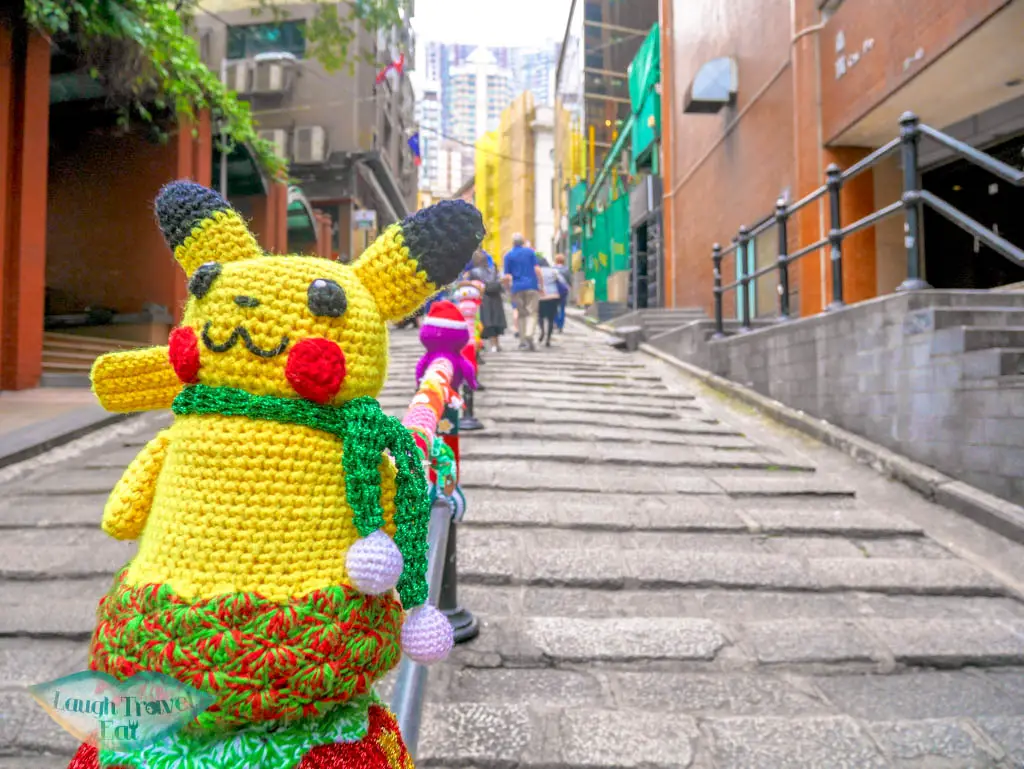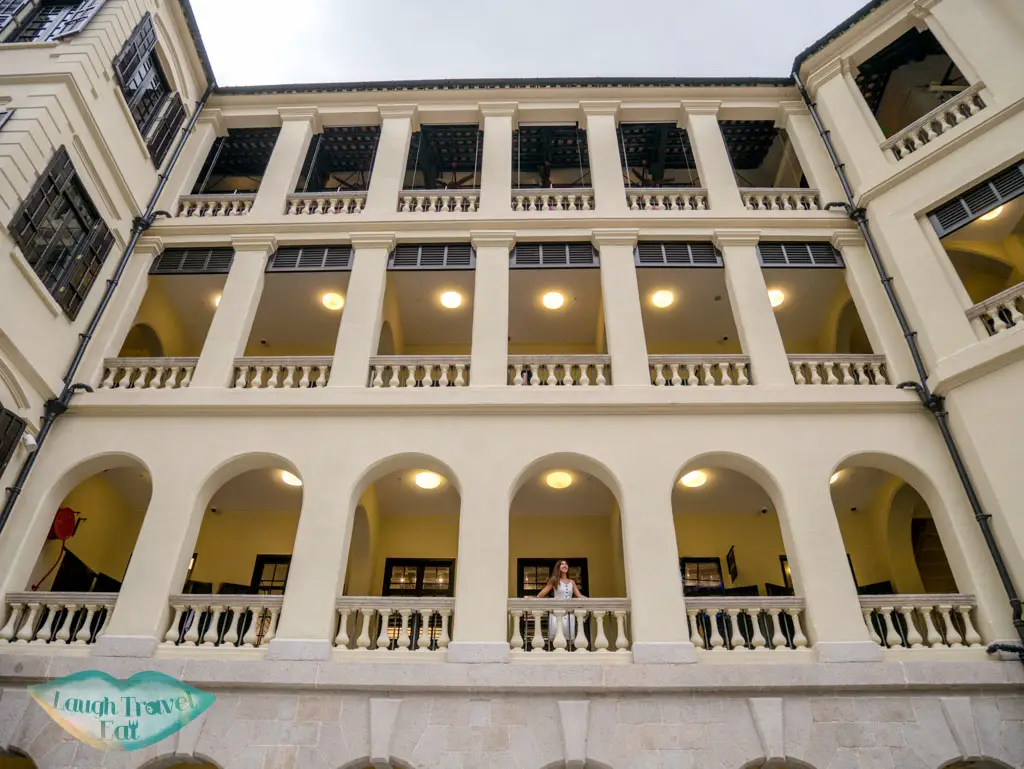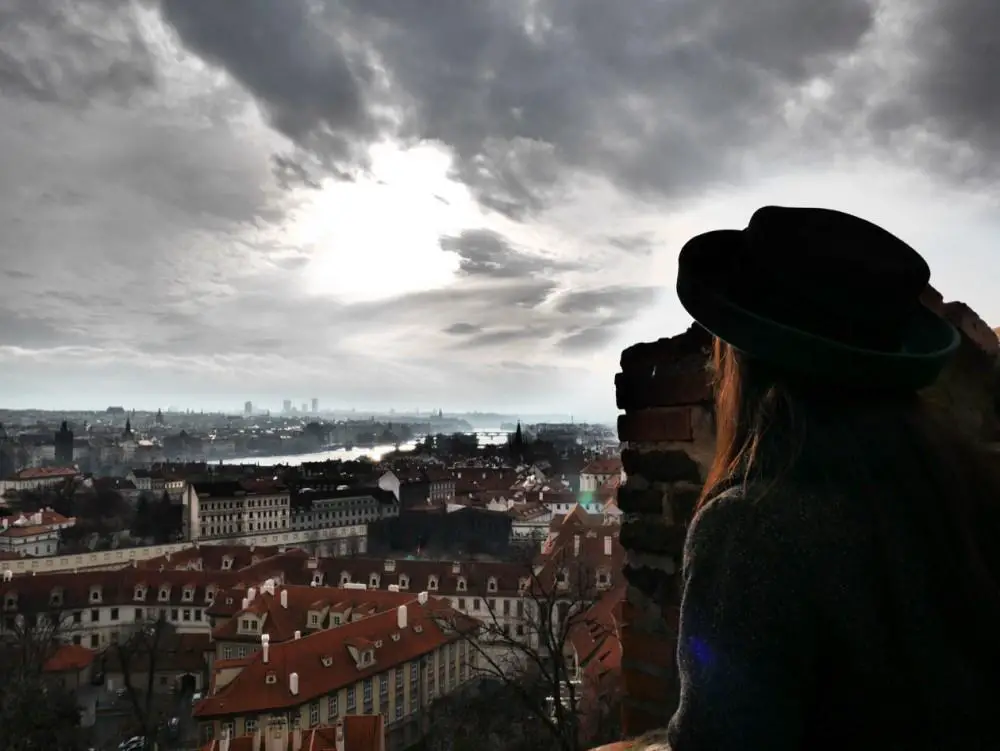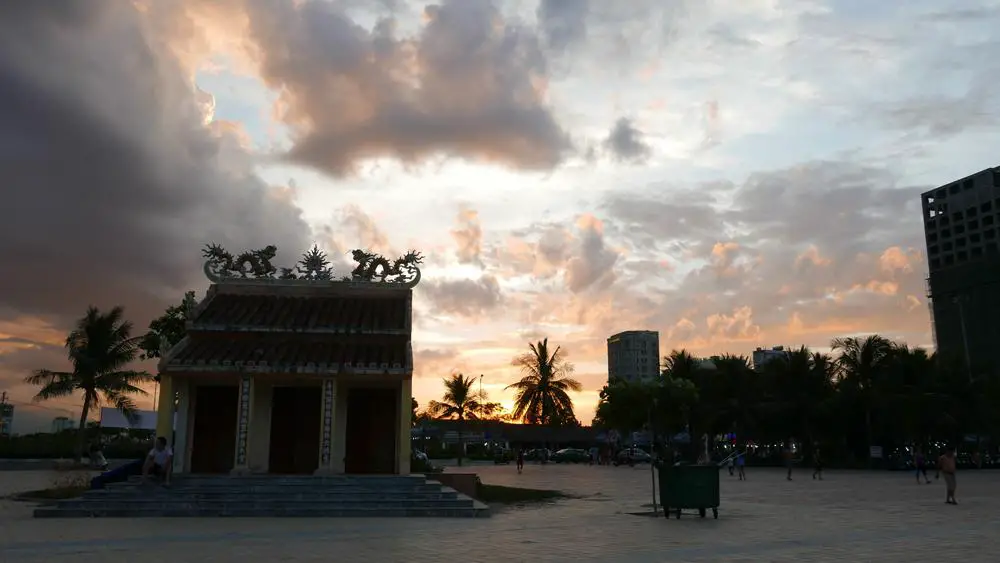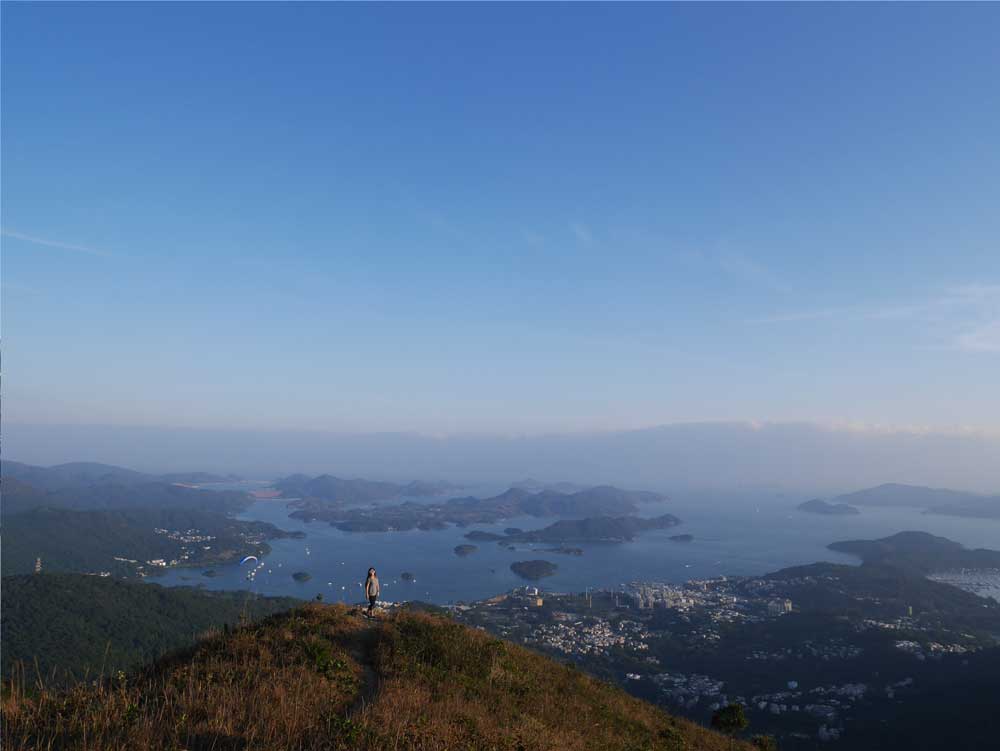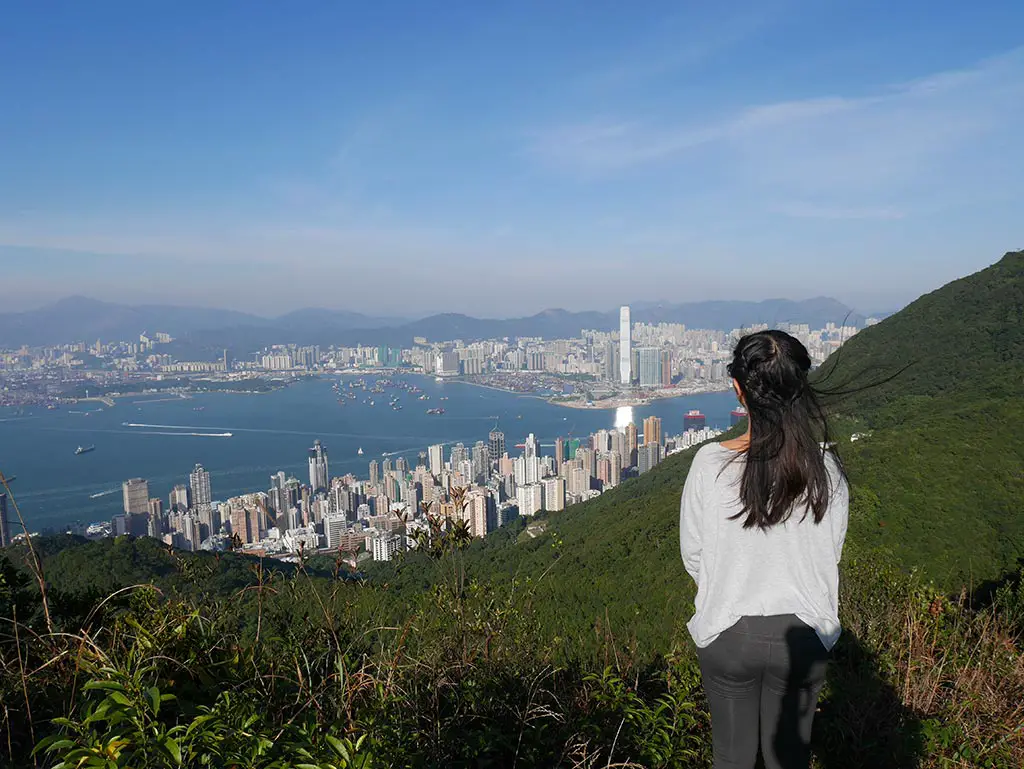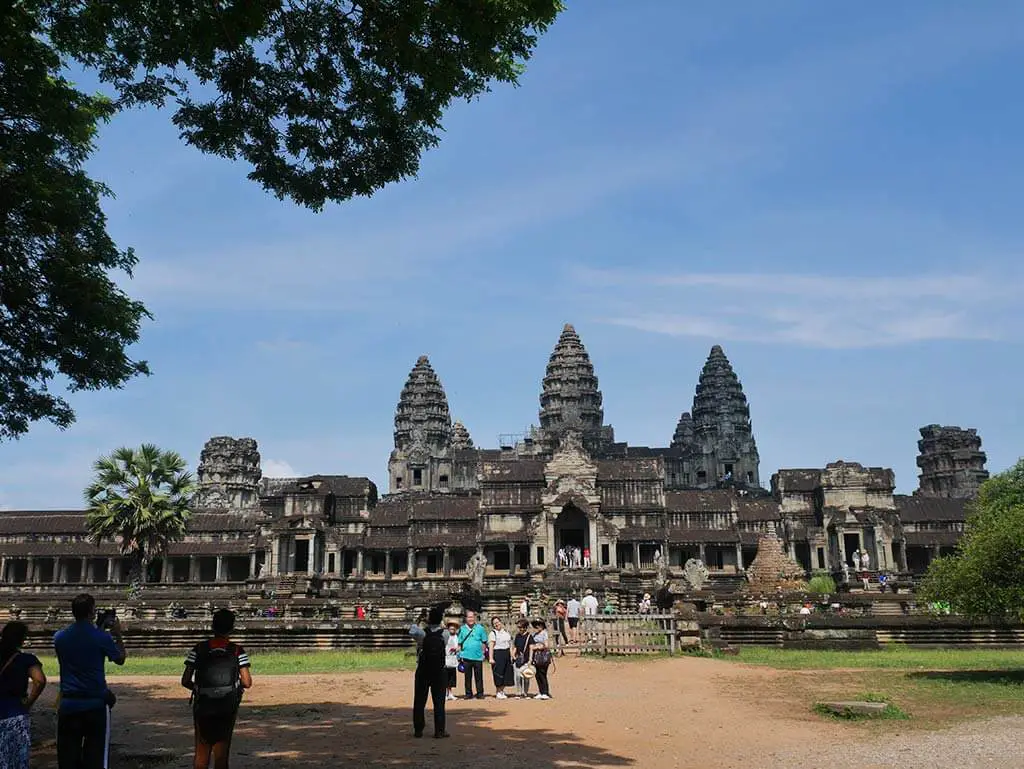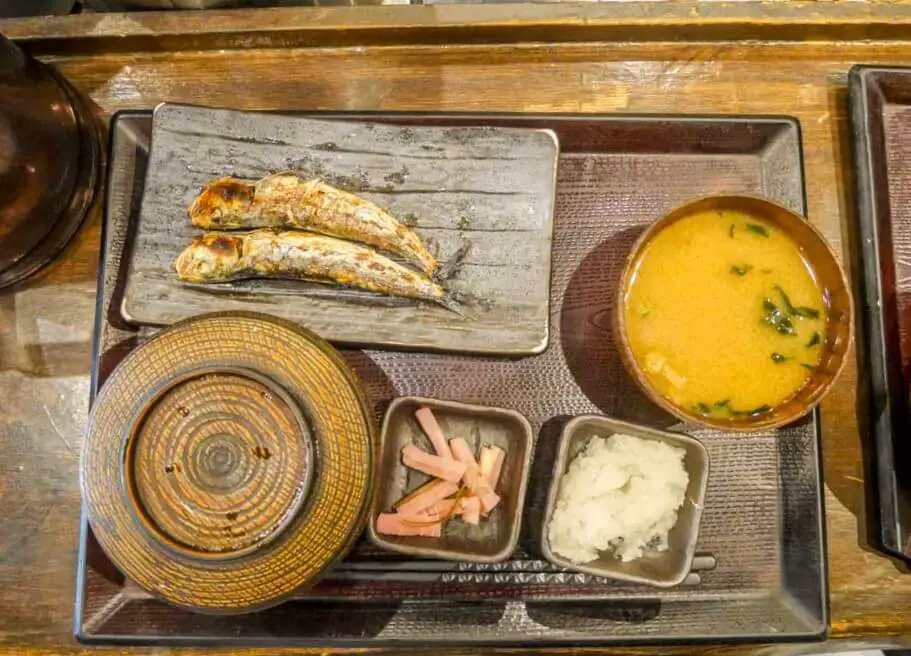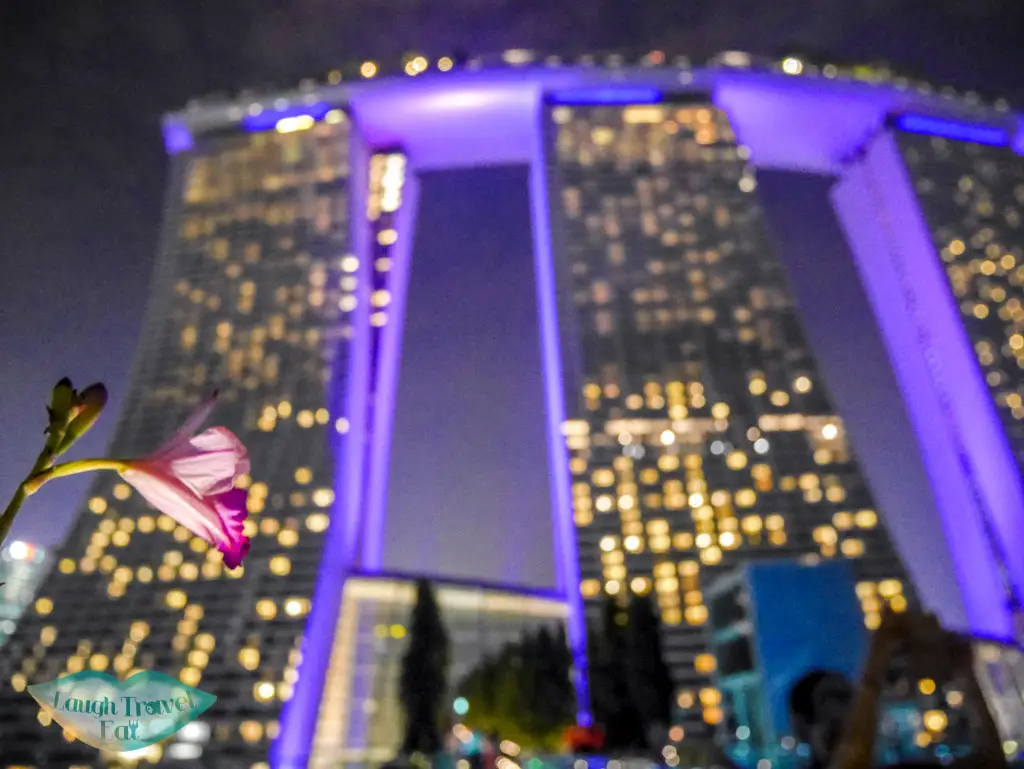Admiralty and Central are the financial heart of Hong Kong. Admiralty is where the government headquarter is, along with many business offices; Central is the place where LKF, SoHo as well as many hip restaurants and shops are. It is the ideal place for first time visitors to get to know Hong Kong and see its most iconic sights.
There are many things to do in Central and Admiralty but most are outdoor – so make sure you check the weather. If it’s your first time to Hong Kong, I’ve got a guide. If you haven’t decided on when to come, here’s the best time to visit Hong Kong.
Contents
History of Central and Admiralty
Chosen due to its deep water bay, the British had settled with warehouses and offices since 1841 and it became the main westerner zone. Called Victoria City prior to World War II, the name was eventually changed to Central based on the MTR station of the same name, based on the squatter area that was once in Graham Street. It’s THE part of Hong Kong with the richest colonial history and with the neighbouring district of Admiralty, the two are the financial and political heart of Hong Kong.
While you can probably do the top sights quickly, there’s nothing better than an in-depth tour and here’s what you can do for a half day around Central and Admiralty.
Things to do in Admiralty
Tamar Park
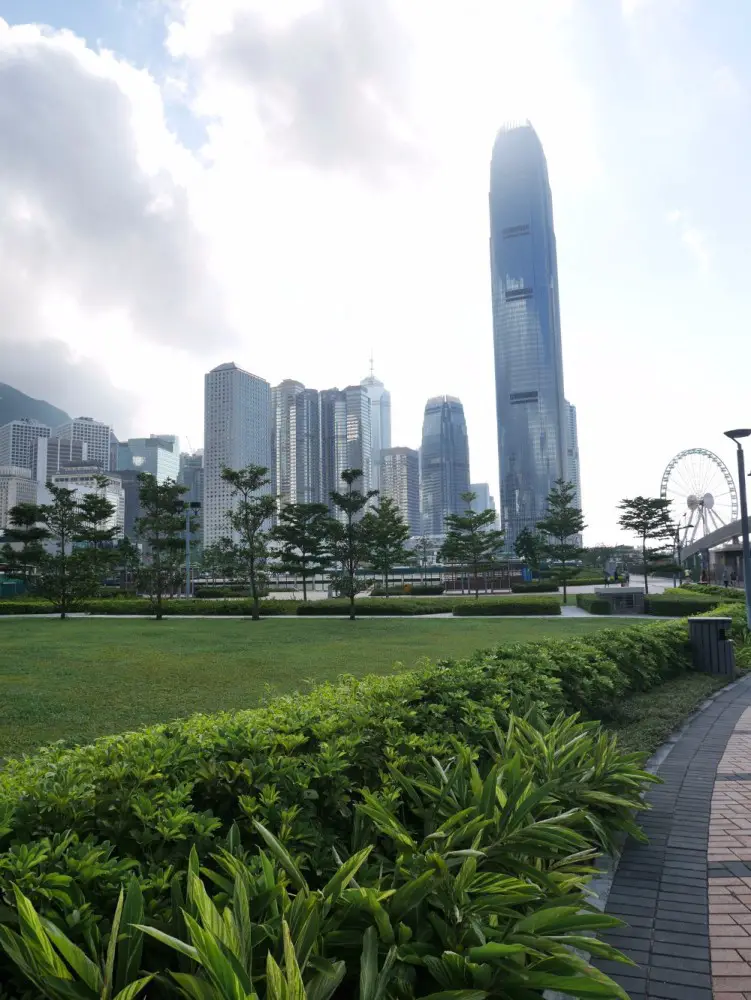
A patch of green in the heart of the city, Tamar Park is a great place to hide from the skyscrapers and traffic. The park is designed as part of a project to move the Central Government buildings to this site. Started in 2007 and completed in October 2011, they managed to keep the site 80% green with the Legislative Council Complex in the southern end of the park, close to the Admiralty MTR station.

The Legislative Council Complex resembles an open arch with the entrance to the park through it. The post-modern design aims to reflect the independent and transparent image of the Hong Kong Legislative Council, particular with its use of glass and metal. The north wing houses the Chief Executive Officer’s office, while west and east are the normal legislative office. The park connects to the Central Promenade.
Battery Path
A wild footpath in Central that goes past a collection of historical monuments and eventually lead to St John’s Cathedral. Its “entrance” is located on the junction of Ice House Road and Queen’s Road Central and there’s a little map showing the landmark and information there if you are unfamiliar with it. The path is named after Murray’s Barracks and used to be the site of the administrative headquarters (now the Justice Place) when the British take over in the mid 19th century. This also used to be at the waterfront before land reclamation has set it back. The other sights along the path are the Former French Mission Building (a pink and white building that dates back to the 19th century) and the Court of Final Appeal.
St John’s Cathedral
At the end of Battery Path is the yellow and white Gothic Revival style Anglican Cathedral. Built in stucco and wood, the church was completed in 1849 and is the oldest Anglican Church in the Far East as well as one of the only five cathedrals in Hong Kong. There is also a War Memorial in the shape of a Celtic Cross commemorating the soldiers of WWI.
From here, you are very close to the Peak Tram terminal – which you might or might not want to visit. I have a separate guide on the Peak here if you do. Though there tends to be a long queue all the time.
Hong Kong Park

Opened in 1991, the Hong Kong Park spans over 8 hectares of land featuring a manmade lake, Edward Youde Aviary, Olympic Square as well as the Flagstaff House Museum of Tea Ware and the Cotton Tree Drive Marriage Registry.
Before Tamar Park, this was the only oasis in the city. It occupies the site called Cantonment Hill which used to house a barracks and school. There are some buildings left and one of them was converted into the registry. The park reminds me of St James Park, albeit smaller with its ponds and bridge. There’s even koi and tortoise in the lake!
Things to do in Central
Central Promenade
Although the promenade is still under construction, most of it is already well paved and faces the Avenue of Star in Tsim Sha Tsui. In fact, you can almost say that it’s a direct reflection. It offers a great alternative view from that of the Tsim Sha Tsui and a side view to the Central Pier and the Hong Kong Convention Center.
Central Pier
A short stroll via the Central Promenade, the Central Pier connects Hong Kong Island to various outlying islands as well as the Kowloon Peninsula. With a total of 10 piers, the most famous is the Pier 7 where the Star Ferry transport people from Tsim Sha Tsui to Central. Other destinations are Cheung Chau, Pen chau, Mui Wo, Lamma Island, Sok Kwu Wan, Yung Sheu Wan, Discovery Bay and Park Island. The current pier is the third generation of Central Pier and built in 1957 in Streamline Moderne style, designed by a local architect.
If you are interested in Hong Kong maritime history, Pier 8 is home to the Hong Kong Maritime Museum.
Li Yuen Street East Market
Li Yuen Street East, in all honesty, is nothing but an ordinary, narrow street in Central. However, it is made less ordinary with the market going through it. Full disclosure: the market doesn’t sell anything special, mostly common clothes and accessories. However, Gong Cha has a hidden branch here and it’s a nice little street.
Pottinger Street
Named after the first Governor of Hong Kong, Pottinger Street is better known as the Stone Slab Street. With a steep, almost 45 degrees inclined and cute stone steps, it’s an absolute must-visit when in Central. To the locals, it’s more well known for selling props and knick-knacks along the street. The street extends all the way along the Mid-Levels Escalator from Queen’s Central Road to Hollywood Road.
Mid-Levels Escalator

The longest outdoor covered escalator in the world (it probably isn’t the longest if you take away the outdoor and or covered), the escalator spans over 800 meters and up 135 meters of elevation. It was a projected proposed in 1987 to make the life of residence around the region easier. It was finally constructed by a French company in 1993 and although it ran over its budget as well as failing its aim to ease congestions, it has become a popular tourist attraction. It also passes by the Old Central Police Station as well as the SoHo district. It’s due to be refurbished in 2017 (that’s next year!), so see it before it’s changed.
It’s one of my top favourite sights in Hong Kong, and it’s part of my 1 day Hong Kong itinerary.
Tai Kwun: Old Central Police Station and Victoria Prison
Also called the Former Central Police Station Compound, this beautiful building along Hollywood road has been there since the 19th century. It was originally a barracks and with WWII and the quick development of the city, it expands to become the Police Station, Victoria Prison and Central Magistracy as well in the 1920s. The redbrick building is the headquarter in late Victorian style, the Magistracy is the white, classic Greek revival style.
It has reopened in the summer of 2018 as Tai Kwun – its informally name in Chinese, as a heritage building, museum, and part-shops.
Graham Street street art

The Graham Street graffiti is made famous on Instagram, depicting a series of old-fashioned Chinese buildings against a bright blue background, following the stone steps up. I am not entirely sure who the artist is – so if you know, drop me a comment below!
Lan Kwai Fong
The party district of Hong Kong, LKF is so famous that it even has a movie of the same name. it refers to a small collection of streets in Central lined with bars and pubs. It’s extremely popular with expats and tourists, but it wasn’t always like this. Prior to the 1980s, it used to be an area for hawkers. It’s often packed during festive seasons and is always lively. It is the most packed during Halloween and New Year’s Eve and hosts a lot of activities throughout the year.
Duddell’s Street
Note: the stair was damaged extensively from the typhoon Sept 2018

A flight of Granite Steps at the end of Duddell’s Street, the staircase is a relic from the end of 19th century. The four gas lamps that are set atop the balustrades are from the 1920s, although it isn’t clear when it’s installed. The entire structure was kept as it is despite the upgrade of streetlamps to electricity run. They are now maintained by the Towngas company and switch on from 6pm to 6am. Also, it’s a statutory monument. Just sayin’.
Chater Garden
You can exit towards Admiralty or Central MTR from Hong Kong Park, but if you pick the one near the man-made lake that exit to a sky walk, you can follow it towards Chater Garden. A small park that’s named after Sir Paul Chater, a prominent businessman in Hong Kong in the early 20th century, it opened in 1978 and honestly, there isn’t much to see. It has, however, witnessed a lot of history since it’s closed to the government quarters.
Court of Final Appeal and Statue Square
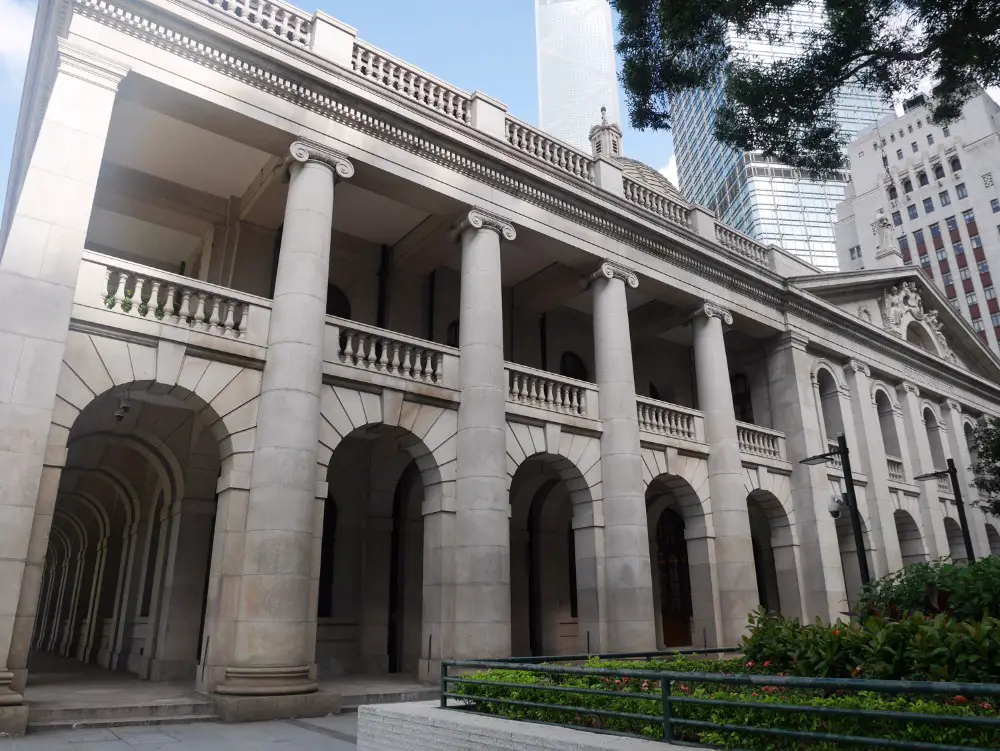
Right next to the Chater Garden and where the Central MTR Exit K is, the Court of Final Appeal and Statue Square are a reflection of the British rule. The Court of Final Appeal is housed in the building that was once the Supreme Court till the 80s, and the Legislative Council until 2011 after. Build in the Neo-Classical style, it is a declared monument of Hong Kong. The land here are reclaimed during the 1880s, and the Statue Square is named so after the statues of the British Royal family that are erected here.
Since the World War II, the statue of King George VI and his wife were shipped back to England and the statue of Queen Victoria moved to Victoria Park. Only the statue of Sir Thomas Jackson remained. An interesting tidbit: it was believed that the statue of Sir Thomas Jackson was the cause of several missing person’s cases around the Statue Square. Triangles were put in place under the statue by a monk and the disappearance stopped.

Pin me! 
Pin me! 
Pin me!


 中文 (香港)
中文 (香港)





